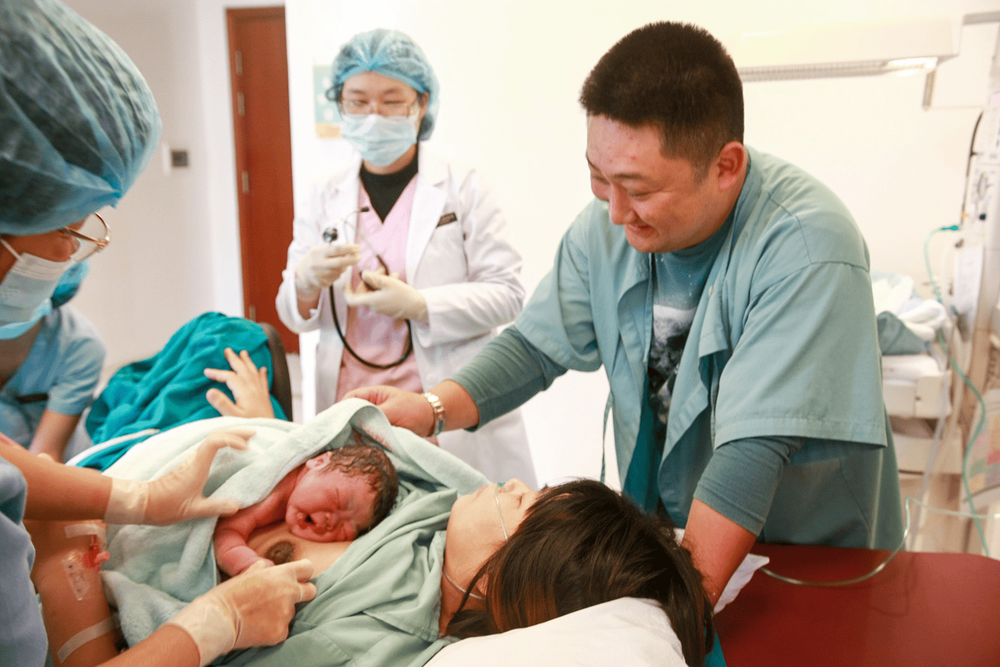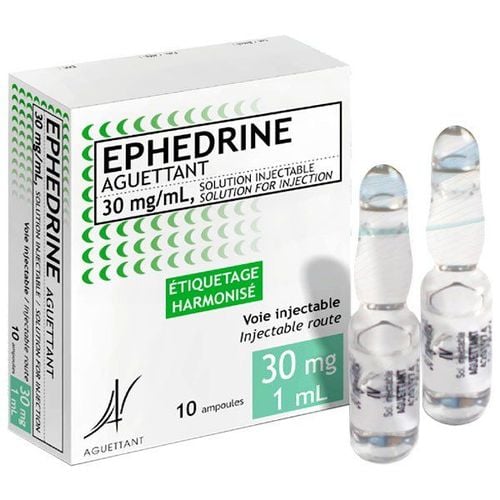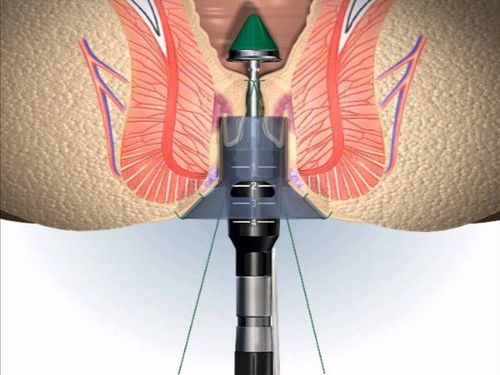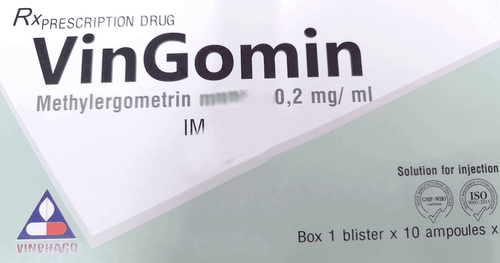This is an automatically translated article.
Posted by Specialist Doctor II Nguyen Thi Hoai Nam - Head of Pain Relief Unit - Department of Surgical Anesthesia - Vinmec Central Park International Hospital
Chills can be encountered in pregnant women after performing neuraxial anesthesia for cesarean section. This is a common but often untreated condition that causes many complications later in life. Therefore, the prevention and treatment of chills is of great significance to the health of postpartum women.
1. Cold tremors may occur in pregnant women after cesarean section
Neuraxial anesthesia including spinal anesthesia, epidural anesthesia or spinal-epidural combination is often used in cesarean section, because the drug has the least effect on the fetus. However, axial anaesthesia is often associated with perioperative chills and may lead to excessive maternal discomfort or anxiety. This is a common clinical problem but often goes untreated. It can dramatically increase oxygen consumption which can be catastrophic for women with ischemic heart disease.
Therefore, prevention and treatment of chills can be of great significance to pregnant women. In a previous study, the estimated mean prevalence of anesthesia-related chills was 55%. The mechanism of chills caused by axial anesthesia is still unknown. Associated factors include:
Loss of thermoregulatory vasoconstriction below blockade leads to increased heat loss from the body surface. Redistribution of body heat from the center to the periphery Thermoregulation changes due to increased perspiration threshold and decreased vasoconstriction. Perioperative chills can interfere with monitoring of ECG, blood pressure, and oxygen saturation and significantly increase oxygen consumption to the detriment of women with low cardiopulmonary reserve. Accordingly, medication is still the most common way to prevent and treat chills. So how to properly understand the use of drugs in the treatment of chills in cesarean section under neuraxial anesthesia?

2. Drugs used in the treatment of chills during cesarean section under neuraxial anesthesia
Eighteen randomized controlled trials extracted from PubMed, EMBASE and the Cochrane Library showed the efficacy of spinal Dexmedetomidine, Fentanyl, Sufetanil, Meperidine; Intravenous ketamine, Tramadol, MgSO4, Ondansetron in the treatment of chills during cesarean section under neuraxial anesthesia. Specifically:
Dexmedetomidine: Dexmedetomidine 5mcg intranasally was shown to significantly reduce the incidence and severity of chills in cesarean sections under anesthesia without significant adverse effects. Doses of 2.5 mcg did not relieve chills. Fentanyl, sufentanil: Another approved regimen consisting of 20-25 mcg of spinal fentanyl, 25 mcg of epidural fentanyl, and 5 mcg of spinal Sufentanil also reduced the incidence and severity of chills. Ketamine: With a dose of 0.5mg/kg or 0.25mg/kg intravenously both significantly reduced the rate and severity of chills in cesarean section under anesthesia. However, side effects of Ketamine such as nystagmus, hallucinations are more common at 0.5mg/kg dose than 0.25mg/kg dose. Meperidine: Studies have shown that oral Meperidine at a dose of 0.2 mg/kg significantly reduces the incidence and severity of chills without adverse effects. With higher doses, the anti-chill effect is better, but there are more side effects such as itching, nausea, vomiting. When comparing Meperidine with spinal morphine in cesarean section, the combination of Meperidine and hypertonic bupivacaine in spinal anesthesia was more effective against chills than when combined with Morphine. Increasing the dose of Morphine from 0.1mg to 0.2mg did not increase the effectiveness against chills.

MgSO4: Combining MgSO4 with spinal anesthetic reduces the incidence and severity of chills within 10 to 20 minutes after anesthesia. However, this effect did not last long, and further increased the degree of chills that followed. Ondansetron: One study found that Ondansetron 8mg intravenously immediately after anesthesia reduced the incidence and severity of chills while another showed no effect. Tramadol: Intravenous tramadol is used to treat grade 3 or 4 chills in pregnant women. Intravenous tramadol and meperidine are both effective for treating chills following epidural anesthesia, and Tramadol is less sedating than Meperidine. The efficacy of Tramadol 0.5mg/kg and 0.25mg/kg doses were similar and there was no difference in side effects.

Currently, there is still no method that is considered as the gold standard in the treatment of chills in cesarean section under neuraxial anesthesia. The results of the pooled studies have shown that the correct use of Dexmedetomidine, Fentanyl, Sufentanil, Ketamine, Meperidine, Tramadol and Mgso4 can reduce the incidence and severity of chills during cesarean section under anesthesia while other Efficacy trials of intravenous Ondansetron are inconclusive. Intravenous ketamine and spinal meperidine are associated with increased adverse events with increasing dose and may not be appropriate for use in pregnant women.
To ensure safety and avoid side effects after performing neuraxial anesthesia for cesarean section, pregnant women should choose reputable facilities and hospitals with expertise in surgical anesthesia.
Vinmec International General Hospital is an international standard general hospital with modern facilities, a team of specialists, experienced nurses, with many years of experience in surgical anesthesia. During the implementation process, the medical team always adheres to the anesthetic regimen, anesthesia, safety instructions, anesthesia checklist for 100% of surgeries in order to minimize unwanted effects after surgery. during cesarean section. In particular, with comprehensive postpartum care, pregnant women will recover quickly and soon be discharged home.
Please dial HOTLINE for more information or register for an appointment HERE. Download MyVinmec app to make appointments faster and to manage your bookings easily.
References
Summary by Jie Liu, Yong Wang, Wuhua MA “Shivering prevention and treatment during cesarean delivery under neuraxial anesthesia: a systematic review”, Minerva Anestesiologica 2018 December;84(12):1393-405 Doi: 10.23736 /s0375-9393.18.12478-3














